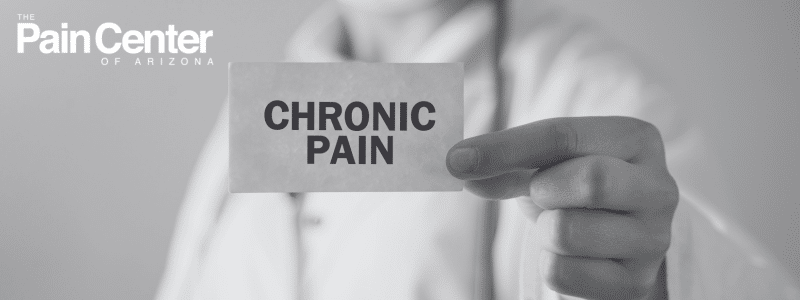
Lumbar laminectomy is a minimally invasive procedure that works by creating a small incision in the lower lumbar spine region to remove the cause of a compressed nerve, whether it be herniation or another condition. Many conditions that lead to compression of the nerves arise from normal wear and tear or an injury.
In this blog, we’ll look further at a lumber laminectomy and discuss the following:
- What is lumbar laminectomy?
- The primary benefits of lumbar laminectomy
- Who is the ideal candidate for lumbar laminectomy?
- The recovery process: What to expect after lumbar laminectomy
- Evaluating the success rates of lumbar laminectomy
What is Lumbar Laminectomy?
Nerve compression commonly occurs due to herniated disks, lumbar spinal stenosis, and fractures in the vertebrae. These create pressure on the spinal cord and nerves that contribute to pain, weakness, and numbness in the spinal region.
During a lumbar laminectomy, the spine surgeon will make an incision at the site of lumbar compression. Once the area is accessible, the surgeon uses small surgical instruments to eliminate the source of compression (involves removing bone spurs, a segment of vertebral bone, or disc material).
The Primary Benefits of Lumbar Laminectomy

Lumbar laminectomy works to eliminate the cause of nerve compression, which contributes to multiple symptoms, including:
Patients held back by spine-related conditions may benefit significantly from a lumbar laminectomy. A successful laminectomy means a new life without chronic pain and weakness.
Potential Risks and Complications of Lumbar Laminectomy
The risks that can occur during a lumbar laminectomy are infrequent but still possible. Some of the risks associated with lumbar laminectomy include
- Blood clots
- Infection
- Damage to the nerve roots
- Bleeding
- General anesthesia complications
- Medication reactions
Always discuss your medical history and lifestyle with your doctor to determine your risk potential for the procedure.
Who is the Ideal Candidate for Lumbar Laminectomy?

Balancing Risks and Rewards: Is Lumbar Laminectomy Right for You?
The ideal candidate for lumbar laminectomy:
- Experiences significant chronic pain due to pressure on the nerves
- Is between the ages of 18 to 60
- Has no severe medical comorbidities
- Has not responded to non-surgical treatment
- Is not a smoker or tobacco-user
- Has an overall healthy BMI
The Recovery Process: What to Expect After Lumbar Laminectomy
You’ll be sent home to begin the recovery process following your procedure. During this time, you must follow your doctor’s instructions on having a safe and successful recovery, including taking part in physical therapy sessions, managing pain, going to checkups, and not rushing back into your daily life.
Physical Therapy
Physical therapy typically begins about two weeks after decompression surgery. For the initial two after the procedure, you should avoid lifting anything over 10 pounds. In addition to professional PT, you’ll follow daily at-home stretch routines to expand your flexibility and enhance your spine’s strength and overall tolerance.
Pain Medication
In addition to physical therapy to improve spine mobility, you’ll be given medication for pain relief. After the procedure, it’s normal to feel some soreness and stiffness in your neck and spine, and the pain medication helps ease discomfort while your body heals.
Gradual Return to Daily Activities
During recovery, follow activity and movement restrictions to avoid pulling or damaging parts of the incision site. In weeks, you will be back to engaging in daily activities and life without the discomfort caused by nerve compression.
Regular Doctor Check-Ups
During post-op visits, your doctor will track your healing and address any complications or concerns. Be mindful of symptoms to discuss during scheduled appointments, and always contact your doctor if any problems arise, such as severe pain or bleeding at the incision site.
Evaluating the Success Rates of Lumbar Laminectomy
According to medical professionals, lumbar laminectomy has:
- A success rate of 90%
- A patient satisfaction rate of 75%
- An 18% reoperation rate within the initial five years
Along with these results, lumbar laminectomy stands out as the favored surgical approach for addressing spinal stenosis, which causes narrowing of the spinal canal.




